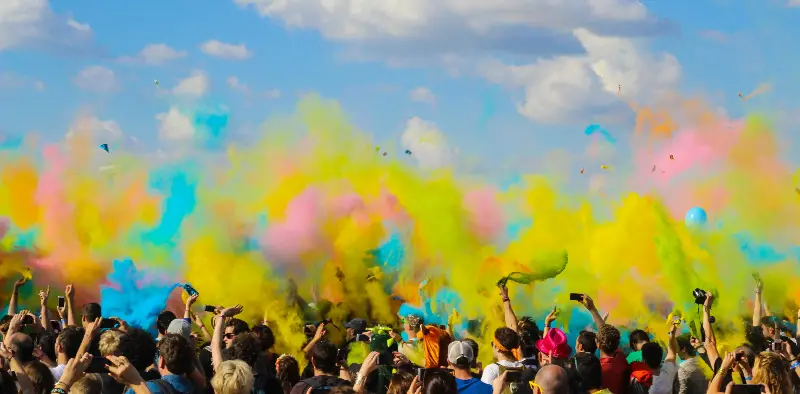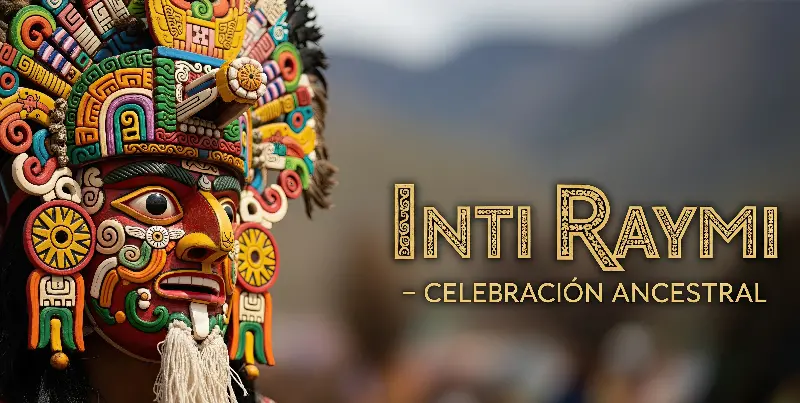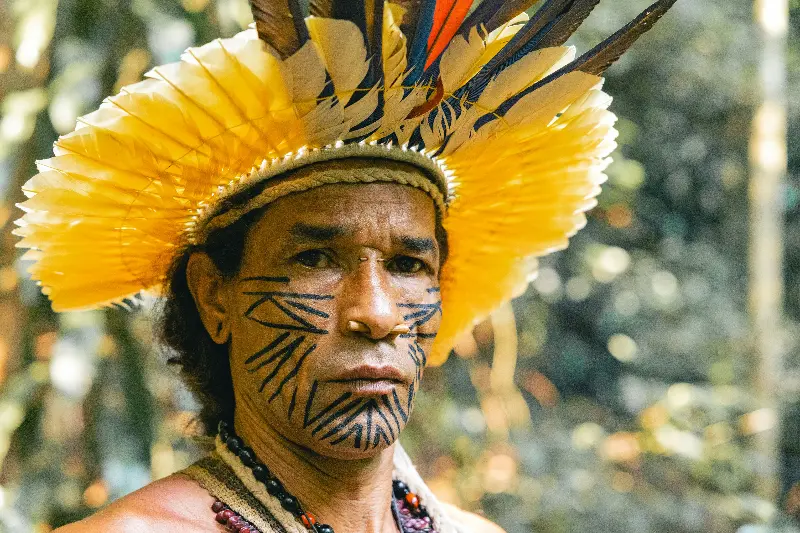Across the globe, the story of humanity has been marked by vibrant festivals and unique rituals. While many well-known celebrations like Diwali, Carnival, or Oktoberfest pack modern calendars, countless fascinating traditions have quietly faded from memory. These forgotten festivals, etched into the cultural memory of communities, reveal the creativity, beliefs, and close-knit ties of societies past. Let’s journey into a world of lost rituals and rediscover the breathtaking ingenuity behind long-lost celebrations.

Festivals Rooted in Nature and the Seasons
Ancient agricultural societies thrived on their ability to read the rhythm of the land. Many of their festivals were deeply tied to seasonal shifts and the cycles of nature. In parts of pre-Christian Europe, the festival of Floralia honored the arrival of spring and the goddess Flora with lavish flower displays, theatrical performances, and even playful games. This celebration predated modern May Day festivities, with Romans flooding their city streets with petals and laughter.
Similarly, the Green Corn Dance was once central to countless Native American tribes of the southeast United States. This festival marked the first harvest of corn, a staple crop, blending feasting, dancing, and ritual purification over several days. The event was both a thanksgiving and a means of restoring social harmony, as old disputes were put to rest and participants started anew.
Across ancient Japan, the Tanabata festival was born from a romantic legend and guided by the stars. Originally a Shinto ritual, it involved weaving cloth and writing wishes for a good harvest on colorful paper, then hanging them on bamboo trees. Though elements of Tanabata survive in Japan today, its full spiritual depth and agricultural roots have largely faded as society modernized.
Rituals Of Renewal and Rebirth
The imperative to purify and renew was a key theme in rituals now seldom observed. In medieval England, “beating the bounds” was an annual procession in which villagers, led by the clergy, would walk the boundaries of their parish. Along the way, they’d sing hymns, pray for protection, and – unusually – gently strike boundary markers and sometimes even the children with willow branches to ensure the memory of the parish limits didn’t fade across generations. This ritual connected the community to their land and fostered a sense of collective stewardship, but it has now all but vanished in practice.
In the ancient Andes, the Inti Raymi or Festival of the Sun was once the largest religious celebration of the Inca Empire. Timed with the winter solstice, it featured processions, dances, and offerings to the sun god Inti, aiming to ensure a good harvest and the well-being of the realm. Although a much-simplified version is reenacted in Cusco, Peru, each June, the complex original rites — involving intricate symbolism and even ritual sacrifices — have mostly been lost to time and colonization.

Extravagant Celebrations and Eccentric Customs
Not all forgotten festivals revolved around nature or the new year. Some were pure expressions of communal joy, creativity, and even culinary delight. In Scandinavia, the now-obscure “Knut’s Day” (St. Knut’s Day) once marked the end of the Christmas season. Traditionally, families would dismantle their Christmas trees by eating whatever edible decorations remained—turning the act of cleaning up into a shared, snack-filled celebration. Children would dress up and go door-to-door to “plunder” leftover sweets from neighbors, blending tidiness with festivity.
The Greek tradition of Apokries, a kind of raucous pre-Lent carnival, has medieval roots filled with playful masquerades, exaggerated satirical performances, and public mockery of authority figures. Some mountain villages maintained peculiar customs, such as parading around in goat-like costumes to drive away evil spirits and welcome fertility for the coming spring.
Further east, the Naga tribe of northeast India once held the Konyak Aoleang festival, marking the traditional new year with days of feasting, dancing, and the striking use of war paint and headgear fashioned from animal parts. Originally, it was a time for headhunting warriors to display their prowess and for communities to forge unity after periods of strife. Today, Aoleang lives on, yet is more performance than ritual—a testament to the resilience and adaptation of lost traditions.

Why Festivals Disappear and Why Remember Them
What causes these vivid traditions to slip from the world stage? Changing political climates, urbanization, colonization, and religious conversion have all played their part. Modern life, with its relentless pace and homogenization, often leaves little space for slow, communal rituals passed down through generations.
Yet, in every forgotten festival there is a wealth of cultural meaning. These observances connected people to their land, to each other, and to the mysteries of life and death. They taught new generations their history, values, and the intricate identities that formed their communities.
Efforts are now underway in some regions to rediscover, revive, and adapt these lost festivals for new generations. In doing so, communities not only celebrate their past, but also nurture a sense of identity and resilience that transcends the cycles of history.
Revisiting forgotten festivals is more than a trip down memory lane. It is a tribute to the creative spirit of humanity—a reminder that every tradition, whether loud or gentle, fleeting or enduring, is a thread in the dazzling global tapestry of culture. As we unearth these lost rituals, we may yet find fresh inspiration for the celebrations of the future.
